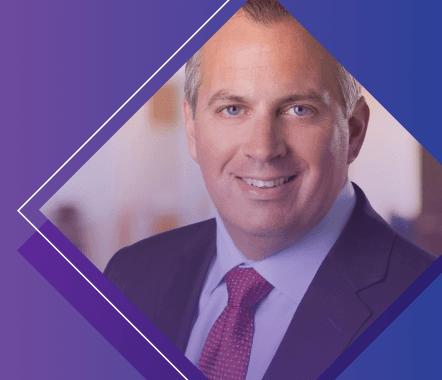In episode 53 of The Secure Developer, Guy Podjarny talks to Roland Cloutier, Chief Security Officer at ADP, about the major changes that have occurred in security organisations over the past 10 years and the changes that need to be made in order to survive in today’s complex climate.
Today on the show, we welcome Roland Cloutier. Roland’s experience gives him a fascinating, forward-thinking approach to the organizational revolution we see happening today. In this episode, we start by highlighting the major changes that have occurred in security orgs over the past 10 years and reveal the changes that need to be made in order to survive in today’s complex climate. We look to ADP as an example, dissecting the multiple stacks of its infrastructure, their security by design approach, and how they tackle the challenges of maintaining talent, upskilling, embracing new styles of work, and more!
